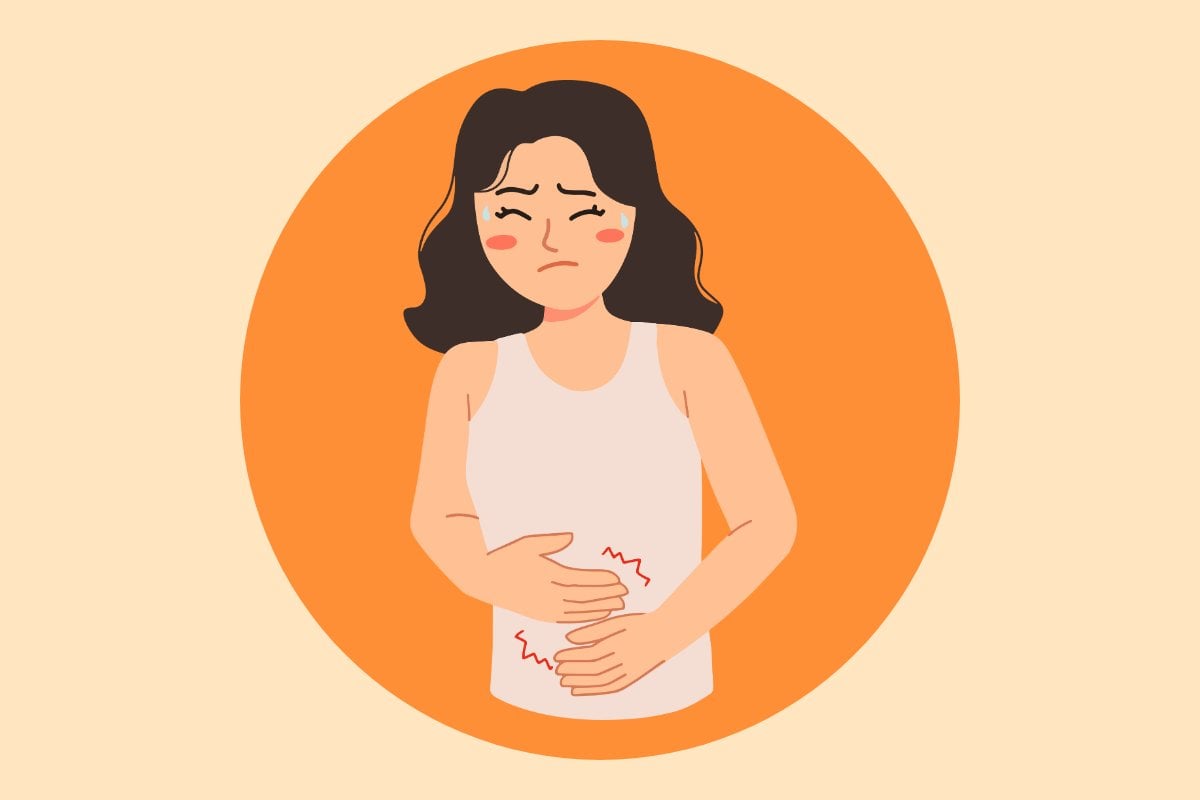
“The worse the period pain, the worse the labour,” a co-worker once told me when I was doubled over in menstrual cramp hell.
She thought it was all rather funny, a wimpish response to a monthly occurrence. I thought it was an old wives’ tale, waited for the pain to pass, and hoped that one day she would be fired.
That was 10 years ago, and I still think about that warning every time the searing pain of a cramp hits me. Was what my co-worker said all those years ago simply a cautionary tale, or was there actually something to it? Can our period pain really be a warning sign of what to expect when you’re expecting?
But first, want to know what your period would be like as a person? Watch it below. Post continues after video.
According to Dr Dasha Fielder, the simple answer is yes — but the complicated answer is, well, more complicated.
"The initial stages of labour are very similar to periods," Fielder tells me during our eye-opening conversation.
"Except with periods the pain stays about the same, whereas with labour it continues to increase and get worse until the baby is born."
So for those who experience little to no pain during their periods, this is good news. But for people like me who need analgesics and heat packs on hand for six days a month, the verdict is not so great.
Understanding Menstrual Cramp Hell in Labour.
The pain similarity, Fielder explains, comes from the cervix opening.
During the heaviest days of our period, the cervix will open up to around one centimetre to allow the uterine lining to pass. For some, this process draws no pain, but for others, it involves cramping and intense bursts of pain. During labour, though, the cervix needs to open to not just one centimetre, but up to around 10 for the baby to be born.




























































































